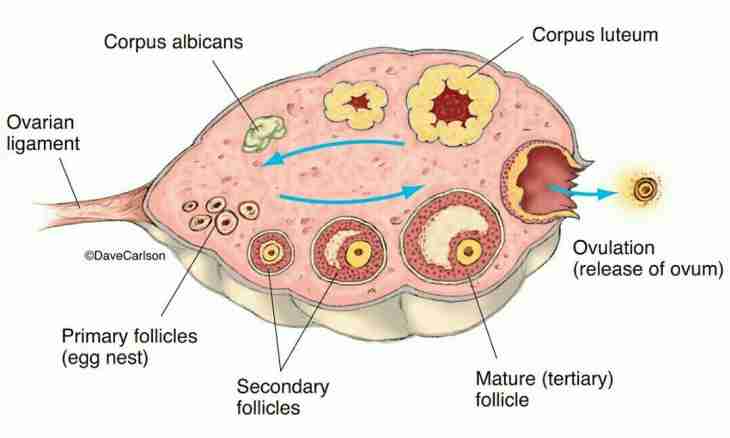The type of reproduction at which two various gametes from different individuals merge with each other is called an oogamiya. One of these cages – women's – is an ovum: it differs in the large sizes, small mobility and availability of necessary nutrients.
Ovum
Ova are formed in organisms of all animals, many higher plants, some seaweed and other beings who breed by the principle of an oogamiya. The ovum can be formed only in a female body and in most cases is the largest cell of all body.
Scientists divide ova into several types: some have a large number of a yolk – they are formed at fishes, birds, reptiles, others contain an average or a small amount of a yolk, these are amphibians or mammals. And there are female gametes in which completely there is no yolk, they are called apetsitalny. Also ova are distinguished in the location of a yolk.
The impregnated ova begin to develop in mother's organism, are as a result formed an embryo. In certain cases, at reproduction by a parthenogenesis, the embryo is formed of not impregnated ovum.
Ovum of the person
In a female body an ovum – the biggest cage, its sizes allow to see her naked eye. These cages are formed in ovaries, and follicles from which they are formed, appear for the first time already at a female embryo. By the time of the birth their quantity is about one and a half million, but by the time of their puberty there are about three hundred thousand. Ova are formed not of all follicles: some perish or just do not contain gametes. Maturing of an ovum is called an ovulation: edges of a follicle burst, the cage appears on freedom, but in a uterine tube she is detained by special bakhromk which do not allow it "to float" anywhere: it can move only on a pipe where there is a meeting with a spermatozoon. Further the ovum impregnated or not, will begin to move ahead to a uterus. If conception happened, she is attached to a wall and begins growth, otherwise will die therefore the periods will begin. An ovum – not only the largest, but also the most long-living cage in a human body. The gametes which are in follicles over time, as well as any other cages, accumulate mutations therefore pregnancy after 35 years is dangerous that the child can have deviations caused by the mutating genes. At some women the mechanism of maturing of ova is broken, donorship – transfer of gametes of one woman another for the child's birth in that case helps. In certain cases it is the only method allowing to conceive the child.

